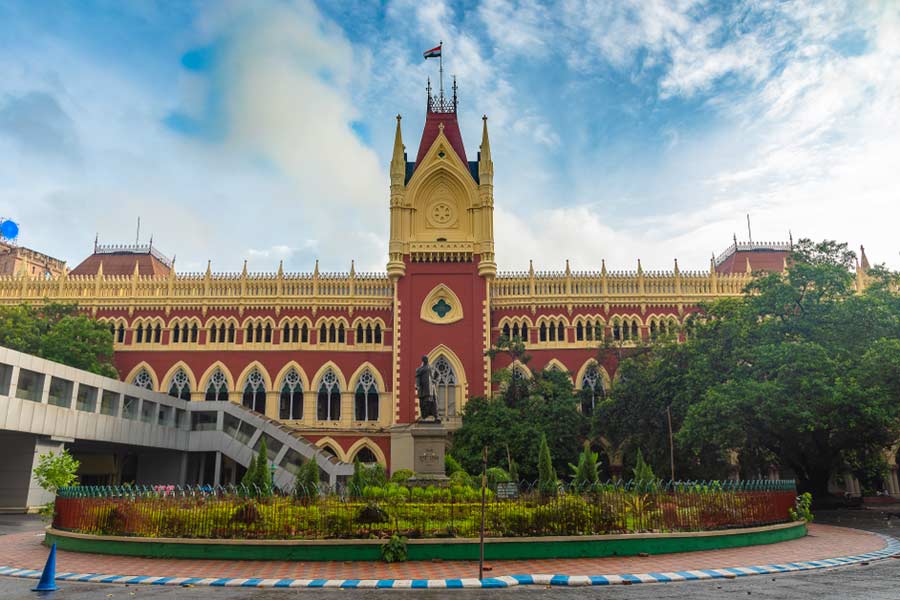Dr Rahul Thakur is a general practitioner based in the UK and Clinical Lead in Diabetes for North-West England
There is a pandemic of type 2 diabetes in India. But its diversity — in culture, food habits, socioeconomic factors and geography, leading to different lifestyle approaches and challenges of daily living — is the reason it is impossible to give a generic overview of the factors that has led to the country becoming the world capital of diabetes.
The first step to beating any disease, however, is understanding it. That is true of diabetes too.
WHAT IS DIABETES?
Glucose is the fuel that every living cell of our body requires for energy. We get glucose from carbohydrates — rice, roti, bread, fruits, table sugar and cereals, to name a few. The complex carbohydrates get broken down into simple carbohydrates, that is glucose, which enters our blood stream from our intestines.
A small organ sitting behind the stomach pouch called the pancreas releases a hormone called insulin. Glucose needs a key to enter the locked cells. That key is insulin.
Diabetes is a condition where this mechanism of lock and key fails. While there’s enough glucose in the bloodstream, the key either goes missing or the keyhole gets blocked with fat. Hence, despite the high level of glucose in the blood, body cells continue to starve for it.
THE TYPES
Depending on the sort of lock-and-key malfunction, there are different kinds of diabetes
Type 1 diabetes: The key is not produced. There is a total lack of insulin because of a complete shut down of pancreatic cells that produce the hormone.
Type 2 diabetes: The key is deformed or the keyhole plugged with fat. This is the type that affects 90 per cent of diabetics. In this case, insulin is present but not working.
Gestational diabetes: It affects pregnant women but gets reversed after the baby is born.
There are two other very rare forms of diabetes — LADA (latent auto-immune diabetes of the adult) and genetically-inherited MODY (maturity onset diabetes of the young)
THE EFFECTS
In order to understand the complications caused by diabetes, we need to understand one more thing about glucose metabolism and the role of insulin. I mentioned earlier that insulin is needed to unlock a cell so that glucose can enter it and provide fuel. There are, however, three types of cells in our body where glucose can enter without insulin — nerve cells, eye cells and kidney cells.
When glucose cannot enter other cells because of a lack of insulin, these three types of cells are inundated with sugary, syrupy, glucose-laden blood, irritating these cells and eventually damaging them. That leads to complications.
Foot disease: The nerve cells of our feet get damaged over time, resulting in loss of sensation in the feet with the death of these cells, which may eventually lead to amputation. Diabetic foot disease is globally the leading cause of non-traumatic amputation.
Eye disease: The condition of the nerves and arteries of the eye gets progressively worse. This may eventually lead to blindness. Diabetic eye disease is globally the leading cause of blindness.
Kidney disease: The nephrons (kidney cells) get progressively destroyed and more albumin — a protein in our body — leaks out, causing even more damage to the kidney. This can lead to kidney failure. Diabetes is globally the leading cause of advanced kidney disease whose only treatment eventually is dialysis.
THE CHECKS
My advice to readers is to encourage every diabetic friend or family member to have regular check-ups to monitor for signs of complications.
Foot check: Your foot will be checked with a plastic microfilament to ensure that you can feel all parts of the sole of your foot. If you don’t, you may be referred to a specialist foot clinic where strategies to prevent further foot damage will be discussed. Foot amputation may then be delayed, if not prevented.
Eye check or digital retinal imaging: A picture of the retina (back of the eye) will be taken to ascertain how far the eye disease has gone, and how further damage may be prevented.
Urine test for albumin/creatinine ratio (ACR): Your first urine sample of the morning will be tested to measure the leakage of protein, which will give an idea about the health of your kidneys. This monitoring will ensure that advancing kidney disease is picked up in time and strategies to delay kidney failure and prevent the need of expensive dialysis are deployed.
HbA1c (glycosylated haemoglobin): This is a compound in the blood that gives an average blood sugar control over an approximately three-month timeline. A value of 6.5 per cent or above shows type 2 diabetes. The higher the reading, the worse is the ailment and the more the complications. HbA1c should be measured at least once every six months.
Cholesterol, blood-pressure and smoking: High cholesterol, high blood pressure and smoking in people with diabetes are major risk factors for cardiovascular diseases. Annual measurement of cholesterol and taking remedial measures, if necessary, reduces that risk. So does quitting smoking and keeping blood pressure under control.
I must emphasise that these diseases of foot, eyes and kidneys can be prevented with timely intervention. I, therefore, believe that diabetes should not be classed as a disease — it is a condition that can be controlled. As a matter of fact, type 2 diabetes, which accounts for 90 per cent of patients, may also be put in remission quite quickly without any medication but only through lifestyle changes.










